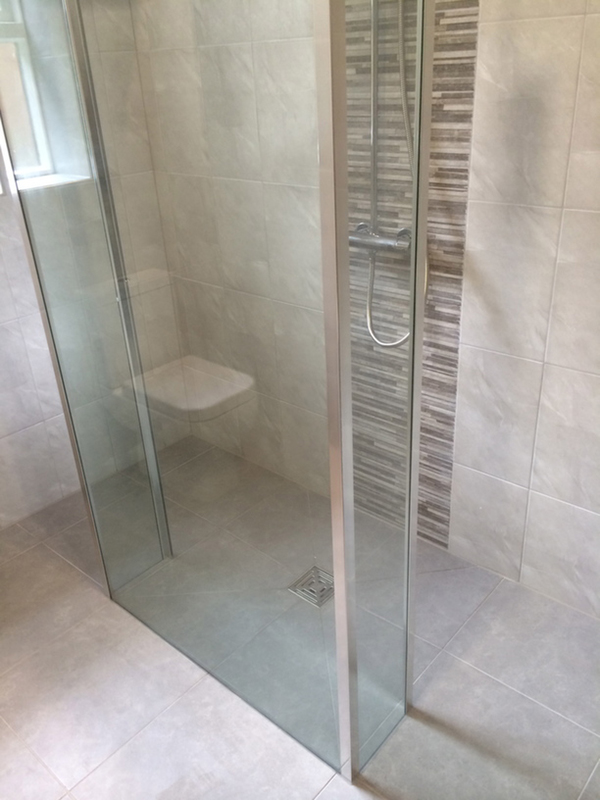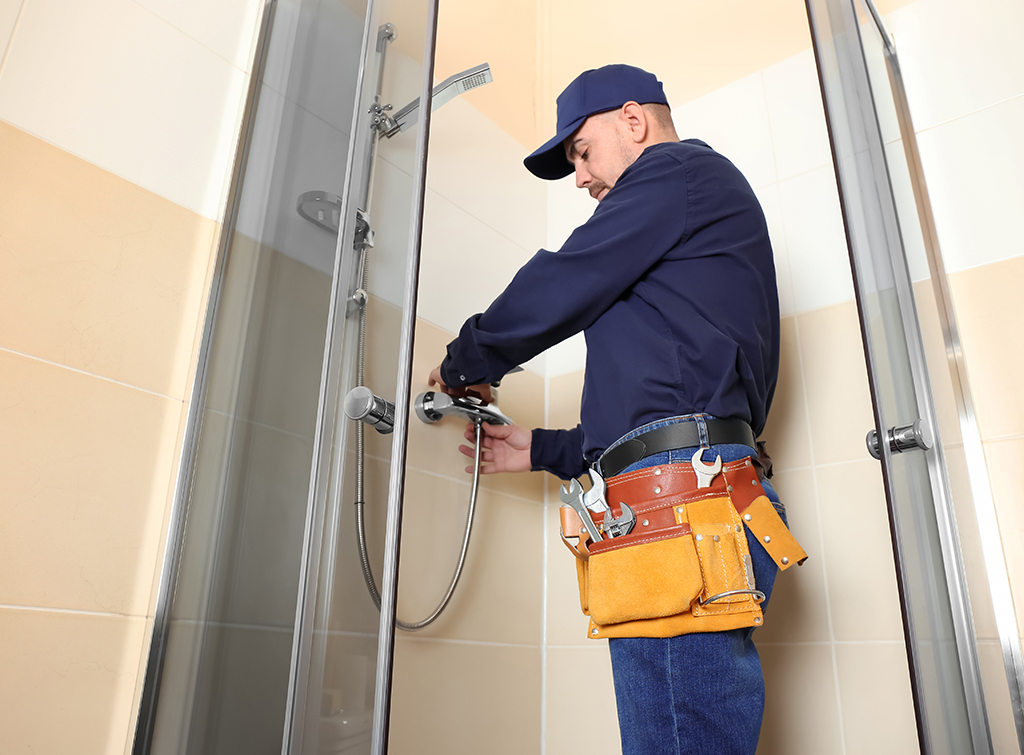Skilled Tips for Installing a New Shower Unit
Skilled Tips for Installing a New Shower Unit
Blog Article
We have uncovered this post on How to Install a Shower Enclosure directly below on the net and believe it made perfect sense to relate it with you on this site.

An effective shower setup requires careful preparation as well as a great deal of work. In most cases, you will need to do 3 kinds of jobs: framing walls, mounting the plumbing, as well as finishing wall surfaces.
Different Types of Shower Units
The Majority Of Common Blunders
Preparation.
To start with, you have to decide on the type of shower that you want to set up. It is necessary to determine whether the selected shower can managing particular systems and also can manage a secure degree of water via the central heating boiler. Most shower units nowadays are developed to be versatile to different water pressures (such as kept hot water and cold mains).
It is also important to consider the water pressure and the planning of the piping and drainage for the shower.
Approach.
Relying on the sort of shower you desire to mount, the shower head need to either be fitted in order to avoid its contact with the water in the bath listed below or the base tray, or it has to have a check shutoff.
Prior to starting, it is recommended to note the settings of the shower head as well as control, and to prepare the pipe-work included. Additionally, the drainage system to get rid of the drainage will need to be planned. Both placements of the wire path as well as the shower switch will certainly likewise need to be considered if a rapid or electrical shower unit is being mounted.
Utilize the direction guide given with the shower system to fit the shower control.Before suitable the pipelines that will supply the water to the shower system, it is important to remove the supply of water. In order to protect the pipelines, they ought to be offered a water resistant covering and additionally fitted with isolating shutoffs. The pipes can after that be buried right into the wall and also glued over to neaten the total appearance.
Fit the base tray, shower head, and also fittings.
Link the major shower control to the pipes that will certainly be supplying the water (This may require a women screw thread adapter).
Reconnect the water supply and examination the pipelines for any leaks, as some might need firm.
If you are installing an electric shower, remember to switch off the electricity supply before making any kind of electrical links. Once these connections have actually been made (there should be support within the user's manual), the power supply can be changed back on.
Readjusting Water Pressure to Fit Your Shower.
The cold water storage tank can be raised to a greater height (occasionally as little as 150mm (6inches)) by installation a solid wood support below it - perhaps made up of struts and blockboards. If you select this alternative, the major and distribution pipes will additionally need to be raised to meet the new height of the tank.
Conversely, a booster pump (a solitary pump or a dual/twin pump) can be fitted. Whichever kind is chosen, it should be linked into the power supply in order to run.
Piping as well as Drain.
It is best to make use of 15mm size supply pipelines, and also make the go to the shower as brief and straight as possible so as to maintain maximum pressure and minimise heat loss. Additionally, by minimising the use of elbow joints for pipe corners, you can decrease the resistance in the flow of the water supply. You can achieve this by bending the pipelines rather.
How Do You Install a Shower? Follow This Guide
Installing a Shower at a Glance
Tools & Materials: Level, electric drill, caulk, hole saw, cedar shims, shower unit Step 1: Drill pilot holes Step 2: Prep fixture holes Step 3: Move unit into place Step 4: Caulk corners and base Step 5: Attach door Step 6: Install shower pan Whenever plumbing is involved in a DIY project, people worry about what might go wrong. The truth is that installing a shower isn’t that complicated, and you can save a lot of money by doing it yourself. You shouldn’t need to make any alterations to your plumbing to complete the job, and most of the tools you need will be provided in your new shower kit.
Can I Install a Shower Myself?
Even if you’ve never installed a shower before, you’ll find this to be a project that is perfectly suited for DIYers with a moderate level of experience. Whether you're doing a bathtub conversion or installing a new stall, most of what you need comes in shower kits that you can purchase from a hardware store. The first thing you need to do is determine what type of shower stall you want.
Single-panel stalls are the easiest to install because they come preassembled. All you need to do is put them in place. Multi-panel showers require a few additional steps, but you’ve got more control over the appearance of your unit. Multi-panel units are also much easier to handle if you’re going to do the installation without any help.
Be sure to take all appropriate safety precautions, such as wearing eye protection and gloves. When you’re removing or installing a shower unit, you might kick up debris that could hurt your eyes. You’ll also need to work with equipment that will get extremely hot, so be sure to have safety gloves handy.
Tools and Materials
2- to 4-foot level Electric drill with a 1/8-inch drill bit Caulk 2-inch hole saw Cedar shims The unit itself Before You Begin: Prep the Space
It’s highly important to measure your space accurately before putting the stall in. Measuring from the floor upward and from each corner outward will ensure you’ve got the right measurements. What you’re looking for is where the plumbing apparatuses are going to come through the stall. Transfer these measurements over to the back of your unit by drawing the locations of these holes using a pencil or marker.
Pull out your old shower and make sure to scrape off all the old caulking. Be thorough because you want to work with smooth surfaces for the best installation. Once you’ve pulled out your existing shower, you need to make sure that the floor is clean and dry. The best way to clean debris is with a shop vacuum, as it’ll soak up water and dirt together.
If you’re experiencing any plumbing issues, such as low water pressure, this is a perfect opportunity to solve them. Make sure that the pipes themselves are not in need of patching and clean your showerhead. When you turn the water back on after your project, check the pipes for signs of wear or disrepair. Anything beyond minor repairs should be handled by a plumber, and this is the best time to bring in a professional.
If the floor has any moisture at all, don’t proceed until it’s completely dry. The last thing you need is for the floor to rot or invite mold and mildew into your base. Once everything is dry, apply waterproof wallboard to the walls. This can be attached with screws or nails, then sealed with caulk so that water doesn’t seep into any crevices.

I have been very excited about How to Install a Shower Enclosure and I really hope you enjoyed my entry. Sharing is good. You just don't know, you may very well be helping someone out. Thanks for your time. Visit us again soon.
Book A Service Call Report this page